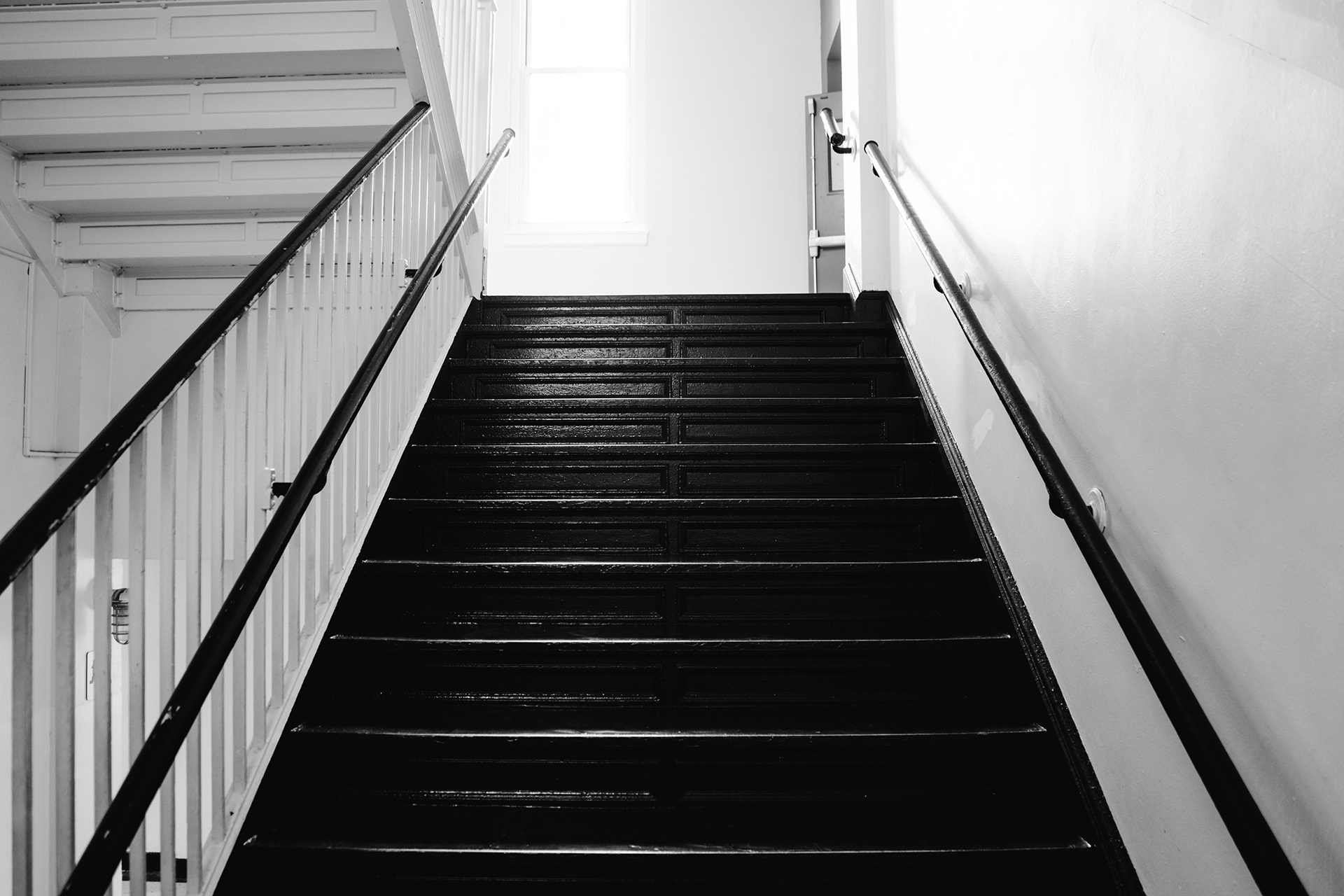One of the great joys of the long-running immersive is it becomes something of a laboratory. You get to experiment in tiny little ways…on humans…who are paying you for the privilege. Over and over again!
(Between you and me, if I had to point at just one element that earned The Man From Beyond the title of #1 escape room in the US—that link’s legit, click it—it’d be our commitment to experimenting with little changes until we get at something that works).
After countless experiments, I’m here to report on a particularly useful tool that I call “Eyes before Engagement.”

At Strange Bird Immersive, we pride ourselves on an opt-in model for interactions. It guarantees that everyone who comes through our door will get the show they want. If you want engagement—and trust me, we can tell—you’ll get it. If you want us to leave you be (most often signaled in not looking at the performer), we’ll do exactly as you wish. We train our actors to watch for these behaviors and bestow attention on the players who want it. The eager-to-engage also make for more interesting scene partners for us, which also makes for a better show, so it’s a win for literally everybody. I highly recommend opt-in over opt-out.
But there are a couple of moments in our script where engagements depend not on your vibe, but on where you choose to sit or stand in the room. Which means the person who is sometimes not-that-keen to engage must nonetheless be engaged.

How do you make that engagement smooth?
Right before I ask a particular person a question or request an action, I make eye contact with them. The kind of eye contact that you feel. Sometimes I even lean in with my body a little to make it clear I want their eyes in particular. It’s usually about two lines before the ask in the script. My eyes briefly go elsewhere, and then they come back to my target on the line of request. The initial eye contact makes sure that they’re paying attention right at that moment and subconsciously preps them to be put on the spot. Then they are suddenly put on the spot, and their response is seamless and lovely, as if they knew the moment was coming. Everyone can feel the magic.
Think of it as essentially foreshadowing engagement.
What really confirms for me that Eyes before Engagement works is when they fail to return eye contact with me, or when I plumb-forget to target them ahead of the ask. It’s harder to get someone’s eyes the first time than the second time. It suddenly becomes ambiguous just who it is I’m asking—often that eager-to-interact friend butts in to take the spotlight, UGH!—or my target stumbles through their moment. It doesn’t get a laugh. It doesn’t draw people in. It’s a botched moment.

Be a mountain lion. Eyes before Engagement. Give it a try, and see how much readier they are to respond!



You must be logged in to post a comment.